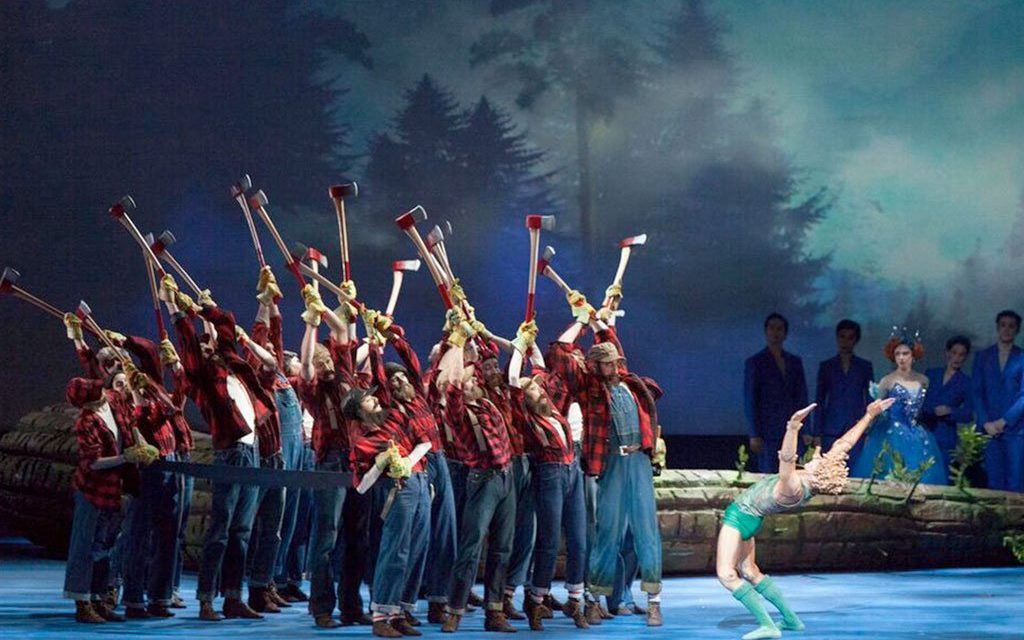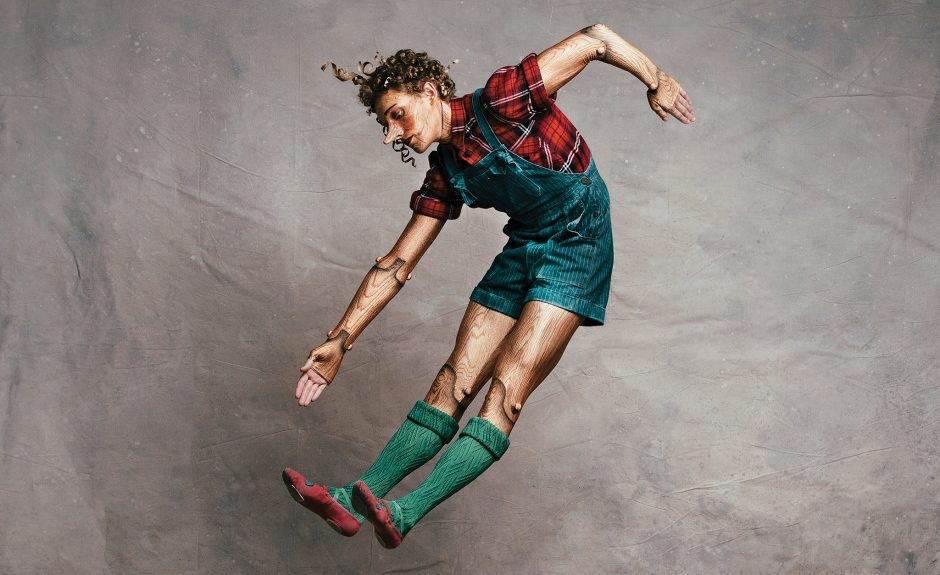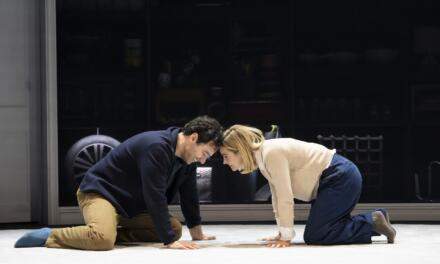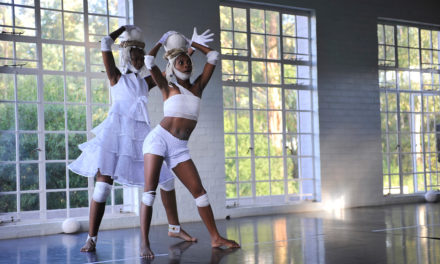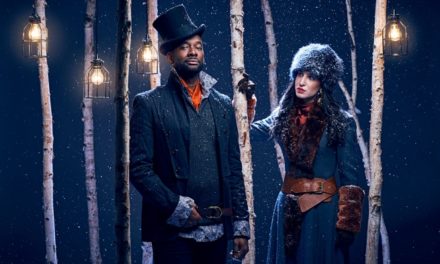The National Ballet of Canada’s 2017 world premiere of Pinocchio adds an unusual twist to the now-famous Italian story by maintaining some of the darkness of the original while adding a strong dose of Canadian nationalism. In Pinocchio, The National Ballet of Canada trades in its typically classical repertoire for a funny, technically brilliant, family-friendly production that still satisfies the danger and darkness of the story. It is a refreshing experience sure to draw young Canadians into the world of ballet because of the production’s shorter, faster-paced, and dramatically exciting action and special effects. The production features narration by means of a chorus, bending the boundaries of genre towards theatre for youth, while retaining the technical skill and beauty of ballet. One of the most frequently adapted children’s stories, setting Pinocchio in a Canadian context is a surprisingly natural fit for the themes, wonder, and humor of the original.
Choreographer Will Tuckett’s approach is to localize an international classic in Canada, with Canadian themes. Staple scenes from the story such as the Marionette theatre, boys turning to donkeys, and, of course, the belly of the whale, are interspersed with Canadian locales such as a logged pine forest, the Maritimes, and a northern bar called The Lobster Inn. Audiences embraced the Canadiana aesthetic of the production, selling out seating as well as the novelty plaid flannel shirts at the gift shop. Setting the Victorian era story by Carlo Collodi in a Canadian context allows for a new range of possibilities in the ballet, including the “birth” of Pinocchio. In the original, Pinocchio is fashioned by Geppetto out of a talking log. In the ballet, lumberjacks unsuccessfully try to saw open a felled tree until Geppetto, armed with a magical axe from the Blue Fairy, splits the trunk and a fully formed Pinocchio emerges as his son.
The forestry industry as a Canadian staple combined with the magical landscape of the ‘north’ feeds into the Canadian imaginary. In addition to the many animals that appear in Collodi’s tale, Tuckett’s version includes raccoons, beavers (who are also tourists to Niagara, wearing Canada T-shirts), a (drunk) moose, a Mountie, and a host of lumberjacks. It is a nationalistic feast for the eyes, with plaid and pines abounding, and, at one point, a motif of the Canadian national anthem, “Oh Canada”. Umberto Eco calls Collodi’s version “woodier” than the Disney film, and indeed, the Ballet’s interpretation returns to this woodiness in the process of Canadianizing the tale.
Many familiar with the Disney’s saccharine rendition of the story will be surprised at the serious and dark moments of the ballet, even though the original is quite dark compared to today’s literature for children. The innocent but mischievous main character of the Italian original is amoral at best, causing at one point Geppetto to be imprisoned, a young boy to be seriously injured, and the death of the talking cricket by throwing a hammer at him. Half-way through the series, Collodi attempted to kill off the puppet (a sequence not found in many adaptations). Met with resistance from his publishers, Collodi was encouraged to add another fifteen chapters to the story, bringing the puppet back to life and creating the familiar ending: Pinocchio as a “real” boy. The ballet’s interpretation does not include the attempted murder, but Pinocchio does grapple with death when, at the close of the first half, he must decide between saving Geppetto or himself from drowning. The seriousness of his choice and the affects of guilt are reflected in the choreography and the music until the two are reunited in the belly of the whale.
The moralizing of the original is reflected in the ballet using narration—an interesting genre shift for ballet—as the Blue Fairy’s entourage function as Pinocchio’s shadows, vocalizing the lessons he is slowly learning. The voices of the entourage feature several different accents, which in the pre-talk was referred to as a truly ‘Canadian’ reflection. The comedy and magic of the story are beautifully celebrated in the production, with a fantastic diversity in costuming, music, and techniques. At the end of the production, Pinocchio’s transformation into a “real” boy does not necessarily mean into a “good” boy, and he immediately begins to make mischief with the townspeople.
The timing of the premiere falls on the 150th anniversary of Canada’s confederation, a time when many of Canada’s artists are producing content questioning and re-imagining what Canada is.
This post was written by the author in their personal capacity.The opinions expressed in this article are the author’s own and do not reflect the view of The Theatre Times, their staff or collaborators.
This post was written by Megan De Roover.
The views expressed here belong to the author and do not necessarily reflect our views and opinions.

